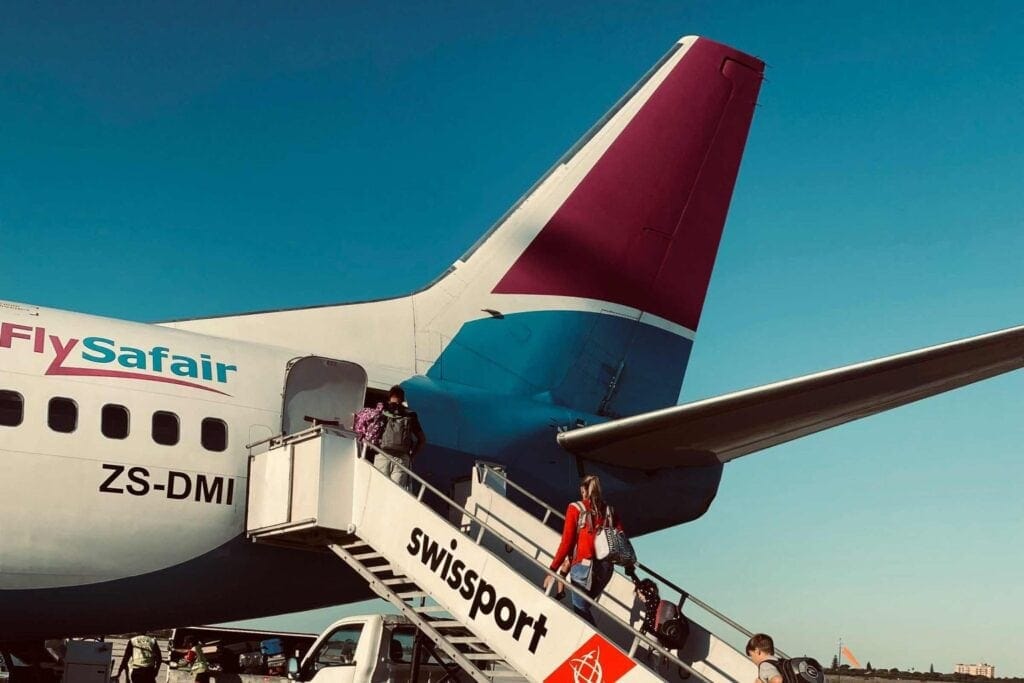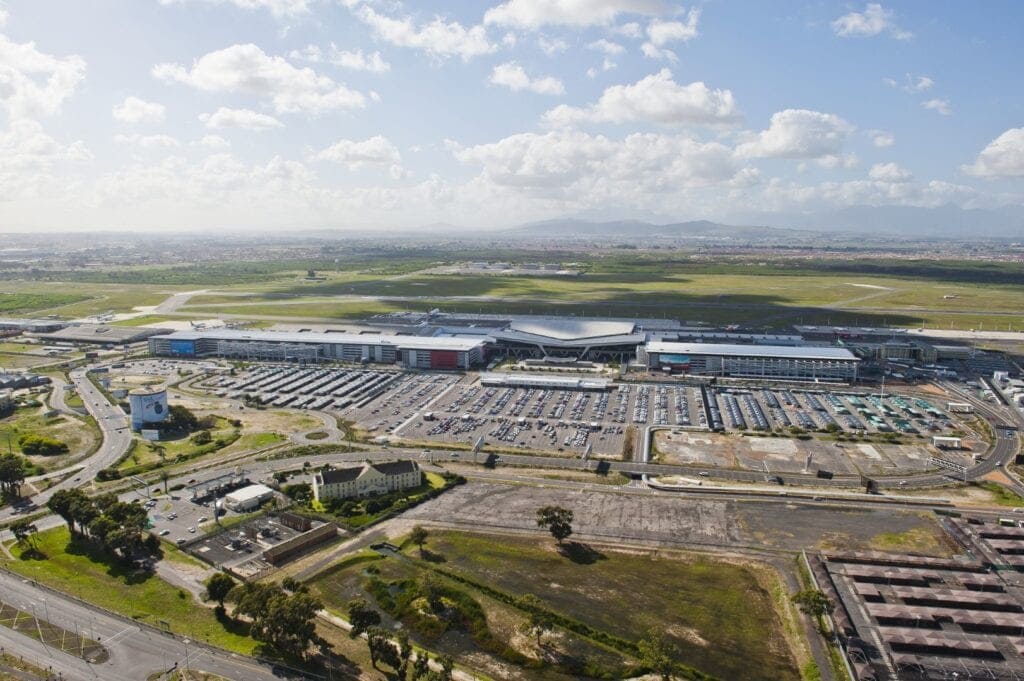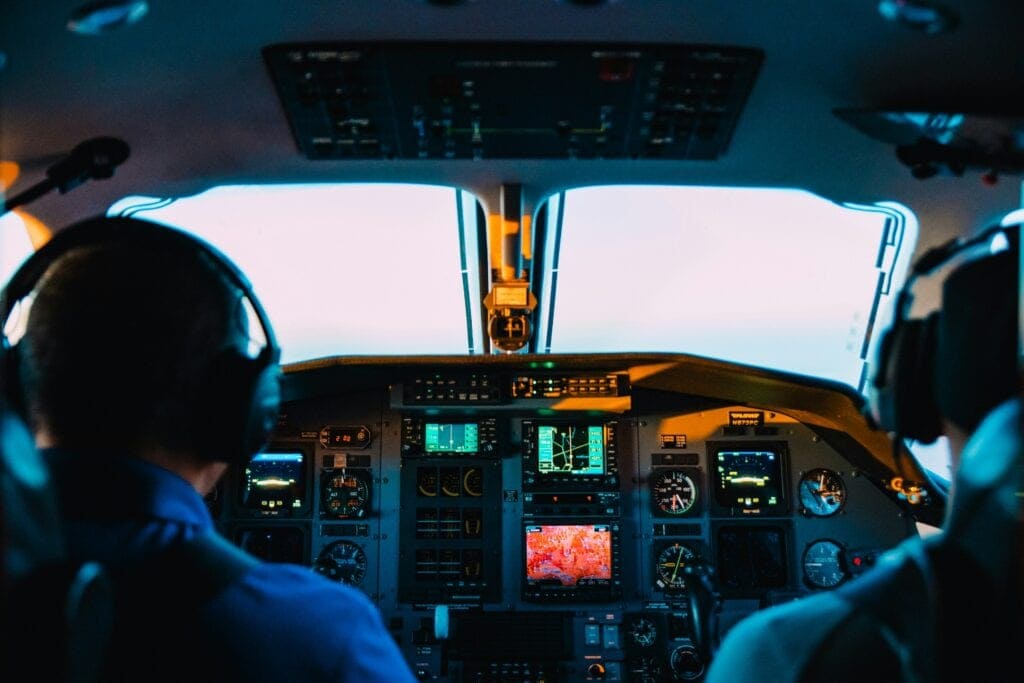In 2025, enhanced air connectivity across Africa promises to bring new vitality to the continent’s travel sector. With the recent expansion of direct flights linking African cities to Europe, North America, and Asia, travel is becoming more accessible and appealing to a broader global audience.
New routes, infrastructure improvements, and strategic collaborations among governments and airlines are laying the groundwork for Africa’s tourism sector to capitalise on multi-destination travel and smoother seasonal flows. Below, we examine the factors driving these changes, the key players involved, and the expected impact on tourism in the year ahead.
Expanding Route Networks to Unlock Access and Boost Multi-Destination Travel
In recent years, Africa has seen significant progress in improving global air connectivity, with 2024 emerging as a transformative year.
“Until 2019, Cape Town had no direct flights to the United States,” explains Paul van den Brink of Cape Town Air Access. “Then, United started its New York route, which quickly became year-round due to strong demand.”
In 2023, Cape Town added nine weekly flights to and from the US market, representing a 34% year-on-year growth in American arrivals. The introduction of routes from major North American carriers like Delta and United underscores Cape Town’s appeal as a gateway to Southern Africa’s renowned safari destinations.

Adding to this momentum, budget carrier AirAsia X launched a new route from Kuala Lumpur to Nairobi in late 2024. This connection marks a significant milestone for budget long-haul travel, making it easier for tourists from Southeast Asia to visit East Africa. Nairobi’s established role as a safari hub, serving both the Maasai Mara and Serengeti regions, positions it as a strategic entry point for multi-destination itineraries.
Multi-destination travel, where tourists can experience both city attractions and iconic wildlife areas, is a growing trend, Van Den Brink adds.
“So if you look at the African market, when we started the project in 2015, we only had five destinations connected outside of South Africa,” he says.
“Now, we have 16. Zimbabwe, Namibia, and Mauritius are the top regional markets from Cape Town. This is followed by Kenya, Botswana and then Angola. This once again comes back to that seasonality and the ability to create this multi-layered itinerary including the high season safari circuit.”
Jon Howell, CEO of AviaDev, echoes this perspective, pointing out that other carriers, including FlySafair, are expanding regional connectivity across the SADC region, enabling low-cost access to sought-after destinations such as Namibia’s dramatic landscapes.
FlySafair’s new routes are expected to stimulate the market and introduce new travellers to Africa, further diversifying the regional tourism sector.
High-Demand Routes: Bridging Gaps in Africa’s Connectivity

Despite the gains in air connectivity, there remain substantial opportunities in underserved markets. According to a recent AviaDev and Airbus report, the Harare-London route ranks as the #1 unserved market based on demand, closely followed by Johannesburg-Mumbai. However, introducing new routes requires overcoming logistical and regulatory challenges.
“In short, any route that is commercially viable and will generate a return for the airline serving is a route we would like to see introduced,” Howell notes. “The developments are being held back by a shortage of aircraft globally.”
Additionally, bilateral air service agreements create restrictions on flight frequencies, particularly with high-demand markets like the United States. US carriers, for example, are capped at 23 weekly flights to South Africa. Industry analysis shows that this limits growth despite the rising interest in South African tourism from North American markets.
The challenge, Van Den Brink explains, is to make a compelling business case for new routes by showcasing economic benefits and potential cargo opportunities.
“At Cape Town Air Access, we work closely with governments and tourism boards to demonstrate the value of new routes and support the case for prioritising underserved markets,” he says.
Addressing Seasonality Through Strategic Route Planning
Seasonality remains a pressing issue for Africa’s travel sector, with demand fluctuating dramatically across different times of the year. For example, Cape Town experiences its peak season from November through February, while safari regions like Botswana and Victoria Falls attract more visitors during the Southern Hemisphere’s winter.
Van den Brink highlights the potential for multi-destination itineraries that counterbalance seasonal demand.
“By positioning Cape Town as a gateway to southern Africa, we’re able to create itineraries that appeal year-round, with destinations that peak at different times,” he explains.
This approach could help reduce the impact of Africa’s off-season lulls by combining attractions in regions with contrasting peak seasons. Airlines are working to make these routes more accessible through improved frequency and timing, and regional partnerships are making a significant difference.
Africa’s expanded air connectivity allows us to promote Cape Town as a central access point to multiple destinations, adds Van Den Brink, who sees linking these locations as a win for both airlines and tourism, reducing seasonal lows and sustaining demand throughout the year.
Digitisation and Infrastructure Upgrades at African Airports

Enhanced airport infrastructure and digital upgrades are also essential to support the rise in air traffic. With airports in Cape Town, Addis Ababa, and Luanda set to undergo substantial expansion and renovation, the continent is investing in facilities to accommodate the anticipated influx of travellers.
Cape Town’s airport is set to receive significant CAPEX investment from Airports Company South Africa (ACSA) to support terminal expansion and infrastructure improvements. Howell highlights the importance of digital transformations for African airports.
“Digital tools like e-gates, biometrics, and advanced scanners help manage passenger flows more efficiently,” he says. “We are also eagerly watching the Cape Winelands airport project in Western Cape, which could prove to be a game changer for the region.”
He adds that these upgrades are crucial for delivering a seamless travel experience amid growing passenger numbers.
Meanwhile, Uganda’s ongoing digitisation of Entebbe International Airport and Bugesera International Airport’s development in Rwanda are other examples of investments that aim to align Africa’s infrastructure with global standards, providing an efficient, competitive travel environment.
The Outlook for Africa’s Air Connectivity in 2025 and Beyond

Looking to 2025, Africa’s focus on air route expansion and infrastructure modernisation is expected to boost tourism growth across the continent. New routes from London, North America, and Asia facilitate not only easier access but also an opportunity to promote Africa as a diverse, multi-destination travel option.
The benefits of this trend extend beyond tourism, as improved connectivity strengthens business ties and cultural exchange with markets across the globe.
“We’re on a path to a well-connected Africa that can compete on the global tourism stage,” adds Discover Africa Co-Founder, Andre Van Kets. “With the right support and strategic planning, Africa’s air connectivity will not only grow tourism but also stimulate economic development and create opportunities for people across the continent.”
While challenges such as aircraft shortages and regulatory hurdles persist, the collaborative efforts among governments, airlines, and tourism boards provide a promising foundation.
“Africa’s expanding air connectivity, driven by new routes, strategic collaborations, and digital innovation, is transforming the travel landscape for 2025,” he concludes. “By offering multi-destination itineraries that appeal to luxury travellers, Africa is well-positioned to be the most sought-after experience in the year ahead.”
Author: Selene Brophy
Published:
Last Update: